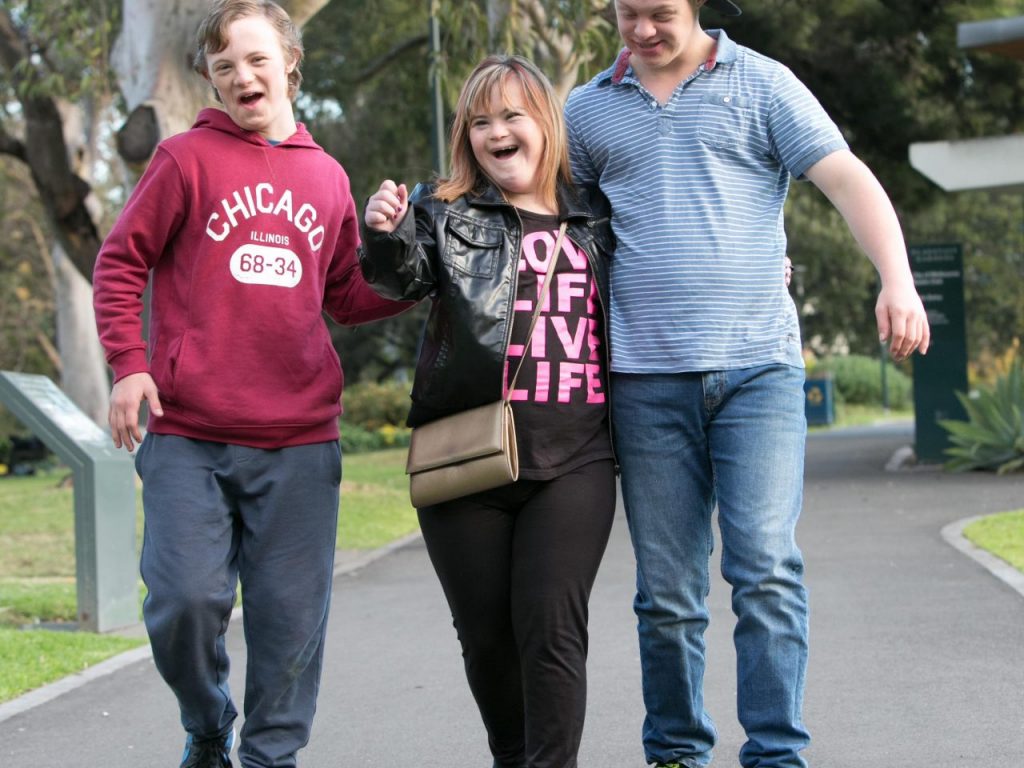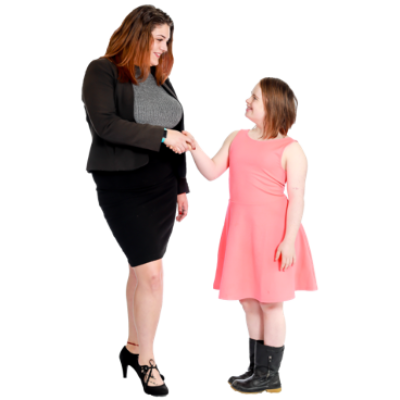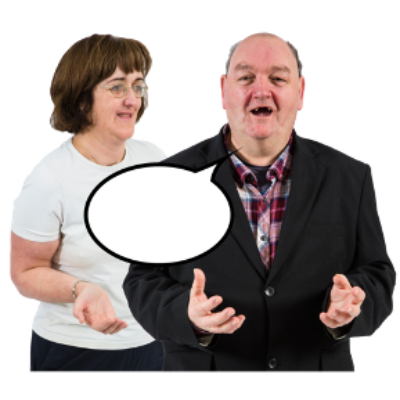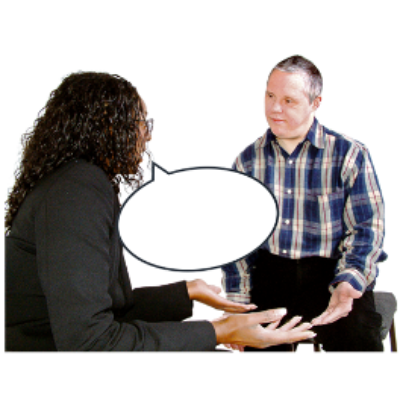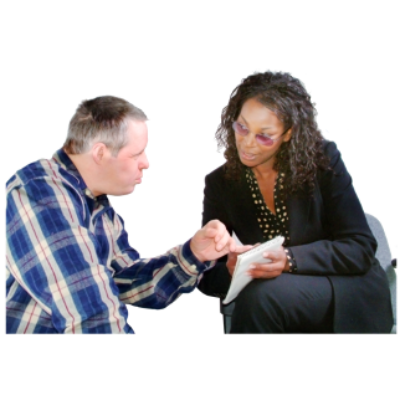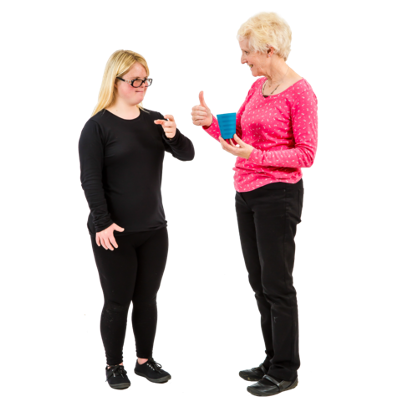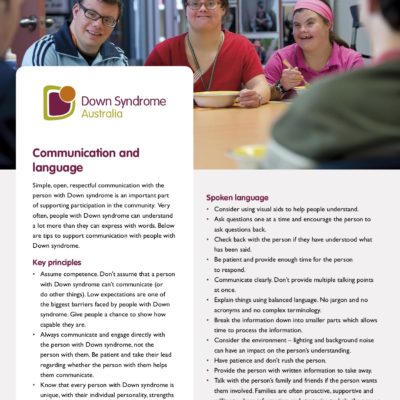People with Down syndrome should be referred to with the same respect we expect people to show everyone.
The Power of Language
Language is very important in how we think about the world. It is important to respect the language that people with disability use to describe themselves.
The commonly accepted language to describe Down syndrome is:
- a person with Down syndrome or a person who has Down syndrome.
If you are referring to how a person with disability learns and communicates you may also say:
- a person with an intellectual disability.
You should not use negative language such as:
- ‘suffer from’
- ‘a victim of’ or
- ‘afflicted by’ Down syndrome.
People with Down syndrome are not by definition ‘special’, ‘poor’ or ‘unfortunate’.
Talking to people with Down syndrome
Use plain language and speak respectfully. Try to not make assumptions about how much the person can understand.
A few key things to keep in mind when communicating with a person with Down syndrome:
- Assume competence. Give people a chance to show how capable they are.
- Always speak directly with the person with Down syndrome, not the person with them. Give them time to respond. Take their lead on what support they need to communicate.
- Know that every person with Down syndrome is unique, with their individual personality, strengths and support needs. Find out what support they need.
Find out more about talking to people with Down syndrome in our Communication and Language Fact Sheet.

Media Guidelines
Are you about to write, film or photograph a piece about a person with Down syndrome? Please take a moment to check our media guidelines to help tell your story in a respectful way.

